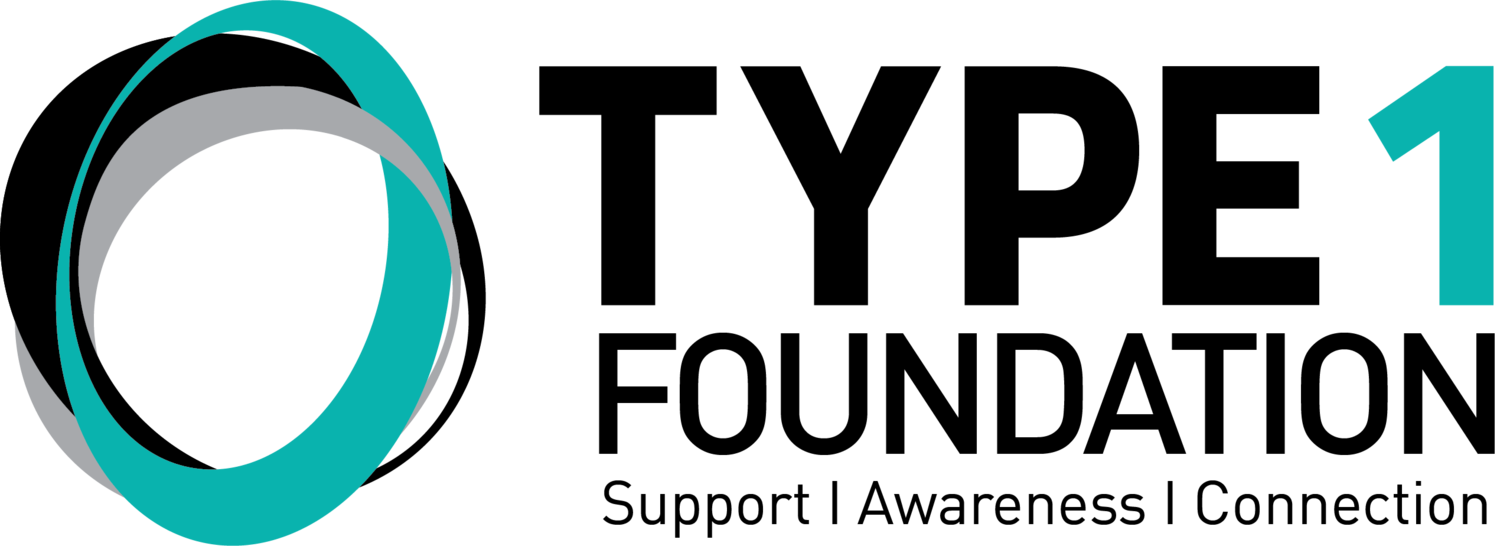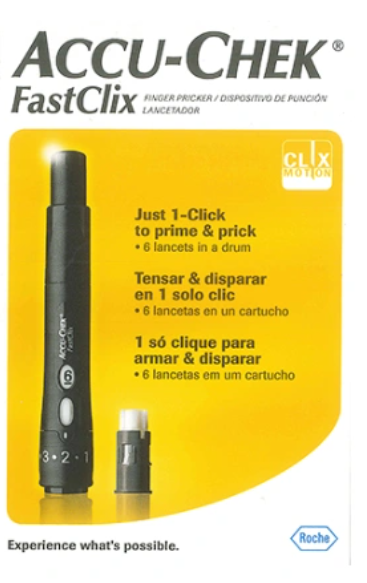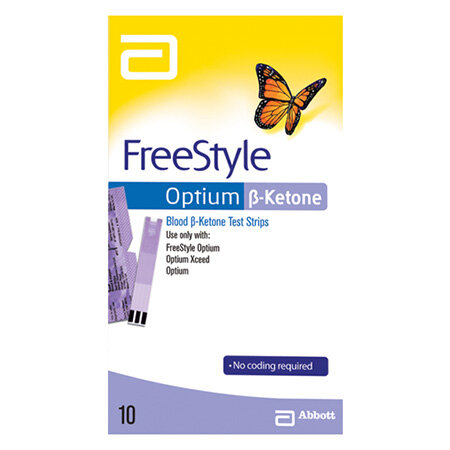Management of Type 1 Diabetes
Blood glucose monitoring is a way of checking the concentration of glucose in the blood. To check your blood glucose levels, you need a blood glucose meter, a finger pricking device with lancets and blood glucose monitoring strips. You can also monitor your glucose levels using a continuous glucose monitoring (CGM) or flash glucose monitoring (Flash GM) device.
An aim of diabetes management is to keep blood glucose levels (BGLs) within a specified target range recommended for you by your health professional. You need to balance your food with your physical activity, lifestyle and diabetes medication. Blood glucose monitoring can help you understand the link between blood glucose, food, exercise and diabetes medication or insulin your doctor has prescribed.
The pattern of changes in blood glucose levels can alert you and your diabetes health professionals to a possible need for a change in how your diabetes is being managed.
Read more in our fact sheet Blood glucose monitoring or find out more about continuous and flash glucose monitoring and how to access subsidised CGM and Flash GM products. - Source NDSS
All the different devices can be very overwhelming , some you must use, some are optional and you can always change what you decide suits you best to use.
You will need a Lancet aka Finger Pricker (such as the Accuchek Fastclix Kit available at most chemists) , a Blood Glucose Meter (such as Freestyle Optium Neo) that will read the blood sugar levels and blood sugar levels strips and ketones strips (that work with your meter) to use each time in the device. You will also need one that does the same but checks for Ketones as some devices can do both, some can only do blood sugar levels.
FreeStyle Optium Neo - this is a great reader as it will read both BSL and Ketones. If you are using the Freestyle Libre sensor, the reader that you can get with that can also use both these strips and therefore test BSL and Ketones. So if you are using Libre Sensor you just order the reader for that and do not need the Neo as well. The CareSens Dual is also another one that can do both.
Contour Next has options as well, the Next Link will send your BSL straight to your Medtronic Pump. However it does not test Ketones.
There are quite a few options in market, you can read more below on the manufacturers websites and speak to your Diabetes Educator.
Then there is your highly recommended, yet optional, wearable glucose monitors. CGM (continuous) and FGM (flash) , the 2 most common would be CGM Dexcom G5 and G6 and for FGM the Freestyle Libre 1 and now just arrived in Australia, the 2 which has alarms now for highs and lows. A lot of these devices will have their pros and their cons and each families needs are so different.











